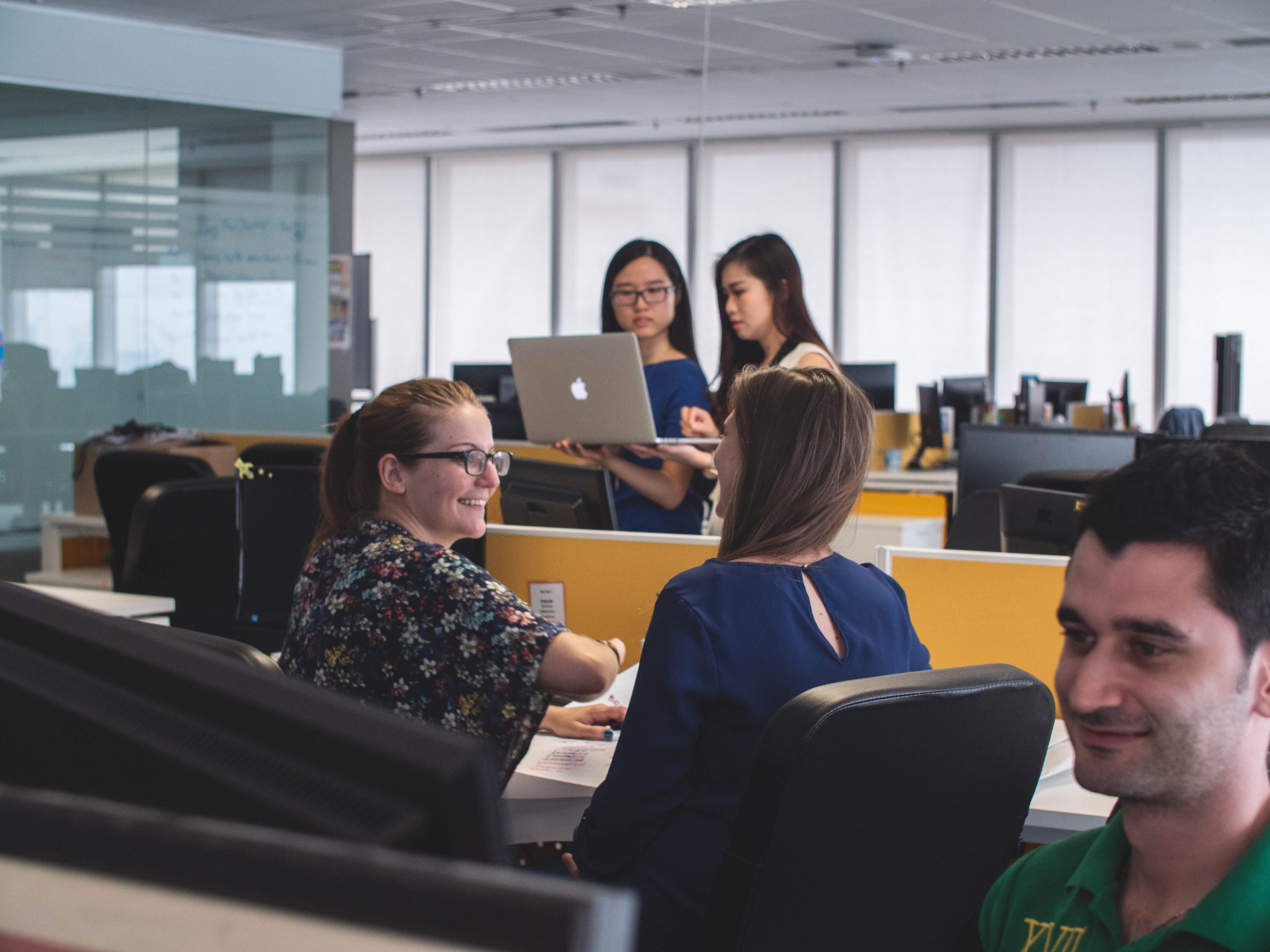WE ARE IN THE MIDST OF A RAPID EVOLUTION OF WORK CULTURE, WITH RETURN TO OFFICE (RTO) MANDATES AT THE HEART OF A TUG-OF-WAR AND OPINIONS ON THE RIGHT WAY TO DO HYBRID CHANGING SO QUICKLY, IT’S HARD TO KEEP UP. BUT WHAT IS REALLY BEHIND THE PUSH TO RETURN?
It seems that every time a consensus around hybrid work is reached, the group think changes before the dust has settled. But what are the key factors underpinning the RTO debate and does the success of a business really depend on where workers are? The way some managers view productivity is a bit of a hangover from when ‘hands-on’ industries like manufacturing, were more prevalent. Before knowledge-based roles became the norm, employee commitment – and productivity – were measured by time spent in the workplace. Since the emergence of remote connectivity software, the tools for knowledge workers to fulfil their roles outside of the office became available. But for most firms, working from home (WFH) was treated as an exception, held aside for senior employees or granted under special circumstances. In short, managers wanted people in the office so they could keep an eye on them.
Then everything changed overnight as the pandemic meant organisations had to implement remote working at scale and fast. Yet despite being forced to completely shift their working environment and practices under stressful and disrupted circumstances, a surprising finding emerged, remote working sustained and even improved efficiency. Employees were not only just as productive, but they were happier to boot. A more flexible approach could be taken to work schedules and the time and financial cost of commuting was eliminated. In fact, the time previously spent travelling to and from the office, was instead spent on business tasks. It’s important to consider the wider implications of this sudden shift to remote work, as this model was not the norm, many organisations were in unfamiliar territory when it came to managing staff remotely and having the technology in place to support remote work.
When people are not together, certain intangible successes, like cultural immersion or spontaneous group creativity, may suffer. The debate around the loss of networking, connecting with colleagues and building soft skills goes on. It also raised the notion that employees who attend the office more regularly, have increased visibility to managers and are more likely to be promoted. From an employee perspective, RTO mandates drive resentment – especially when their productivity is called into question – and resentful employees are likely to look elsewhere, seeking positions with employers who will support their preference for hybrid work.
So, with productivity at the heart of this debate, what does it actually mean for the modern workplace and how can it be measured? Each industry will have its own version of ‘productive’, but with so many factors at play influencing worker output, how much of the onus should be put on employees? Instead of simply pointing f ingers at remote work for productivity issues, it’s up to leaders to define their own specific productivity goals and find a way to measure and encourage this. Adapting management processes to support IT and HR teams in accurately measuring productivity and digital experiences is key. Instead of focusing on where their workers are, modern leaders will want to build a culture of objectively measured productivity. By trusting employees to do their work and instead focusing on how to facilitate engagement, creativity and flexibility, the future mindset of work will emerge.
FOR FURTHER INFO WWW.SCALABLE.COM
Did you enjoy this article?
🌟 Unlock Your Business Potential with Platinum Subscription! SIGN UP NOW and read more articles like this 🌟
Get the ultimate access to our premium content, both in print and digital formats, for only £175 per year (£250 for overseas subscribers).
What’s included:
📚 12 x print & digital issues annually
🔙 Access to all back issues
🎟 Exclusive invitations to our events (upon eligibility)







